Home>Gardening & Outdoor>Landscaping Ideas>How To Kill Weeds In The Grass
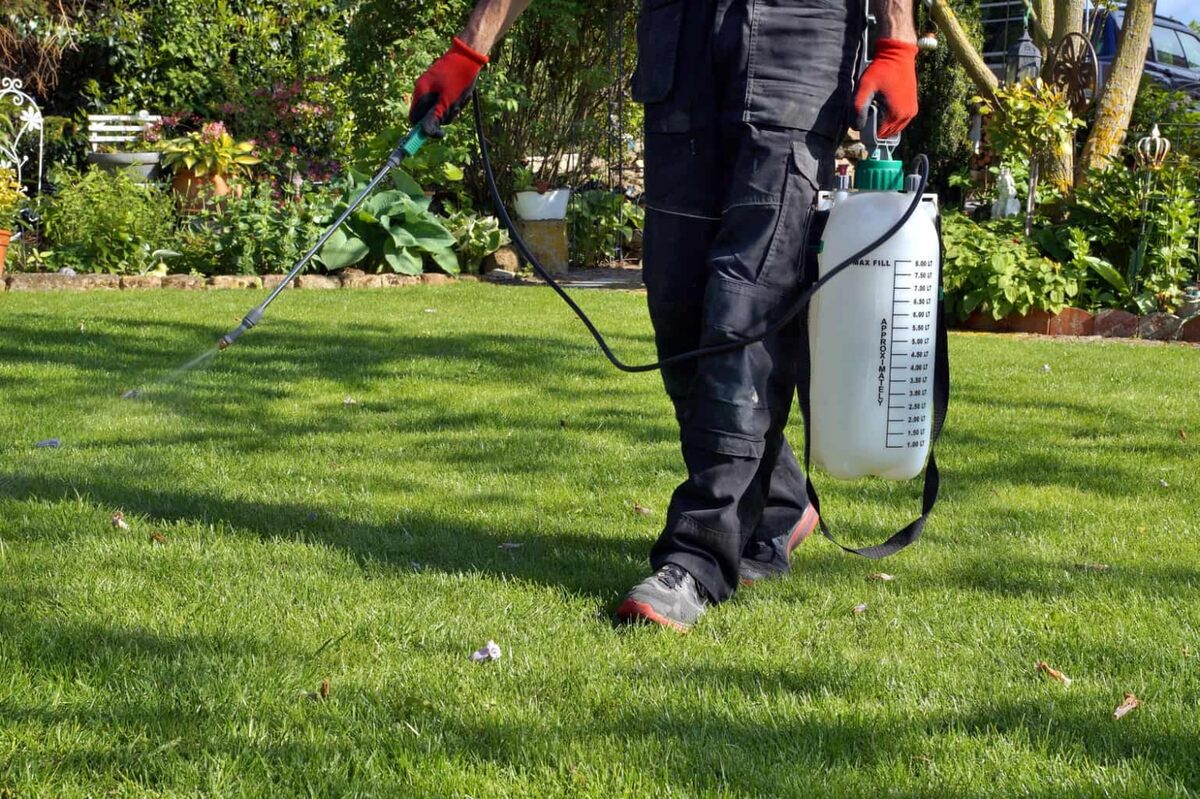

Landscaping Ideas
How To Kill Weeds In The Grass
Modified: March 27, 2024
Learn effective landscaping ideas for killing weeds in the grass. Discover expert tips and techniques for maintaining a weed-free lawn. Improve your lawn care routine with our helpful guide.
(Many of the links in this article redirect to a specific reviewed product. Your purchase of these products through affiliate links helps to generate commission for Storables.com, at no extra cost. Learn more)
Introduction
Maintaining a lush, vibrant lawn is a source of pride for many homeowners. However, the presence of weeds can quickly turn a picturesque lawn into a battleground. Weeds not only detract from the aesthetic appeal of the grass but also compete with it for essential nutrients, water, and sunlight. Understanding how to effectively combat these unwelcome intruders is pivotal in preserving the health and beauty of your lawn.
In this comprehensive guide, we will delve into the intricacies of weed control in grass, equipping you with the knowledge and strategies necessary to reclaim your lawn's pristine appearance. From identifying the various types of weeds to implementing safe and effective eradication methods, this article will serve as your roadmap to achieving a weed-free expanse of greenery. So, let's embark on this journey toward a flourishing, weed-free lawn together.
Key Takeaways:
- Understanding the types of weeds in your grass and the best time to tackle them is crucial for effective weed control. By knowing your enemy and timing your attack, you can win the battle for a lush, weed-free lawn.
- Employing a combination of methods, such as hand pulling, herbicide application, and preventive measures, can help you eliminate weeds and keep them from coming back. With the right strategies, you can achieve a beautiful, resilient lawn.
Read more: How To Kill Weeds, Not Grass
Understanding the Types of Weeds in Grass
Before embarking on a weed-killing mission, it is essential to familiarize yourself with the common types of weeds that infiltrate grass. Broadly categorized as either grassy weeds or broadleaf weeds, these intruders exhibit distinct characteristics that necessitate different eradication approaches.
Grassy Weeds:
- Crabgrass: This invasive weed thrives in compacted soil and can quickly overtake a lawn if left unchecked. Its low-growing, clumpy nature makes it a particularly stubborn foe.
- Quackgrass: Recognizable by its broad, blue-green blades and extensive root system, quackgrass poses a formidable challenge due to its aggressive growth habits.
- Annual Bluegrass: Often mistaken for desirable grass species, annual bluegrass forms unsightly clumps and proliferates rapidly, creating an uneven and unkempt appearance.
Broadleaf Weeds:
- Dandelion: With its distinctive yellow flowers and deeply toothed leaves, the dandelion is a pervasive broadleaf weed that can quickly populate a lawn, robbing grass of essential resources.
- Clover: Identified by its trifoliate leaves and small white or pink flowers, clover is a resilient weed that competes with grass for space and nutrients.
- Plantain: This broadleaf weed features elongated, ribbed leaves and inconspicuous flowers, often thriving in compacted soil and neglected areas of the lawn.
By recognizing the characteristics of these common weeds, you can tailor your weed-killing efforts to effectively combat their specific growth patterns and vulnerabilities. Armed with this knowledge, you are better prepared to reclaim your lawn from these persistent trespassers.
Identifying the Best Time to Kill Weeds
Timing is crucial when waging war against weeds in your grass. Understanding the life cycles and growth patterns of weeds empowers you to execute targeted eradication strategies for optimal effectiveness. Here are key considerations for identifying the best time to tackle weeds in your lawn:
Seasonal Factors:
The timing of weed control efforts is heavily influenced by the seasons. In the spring, as temperatures rise and soil moisture increases, weeds begin to germinate and flourish. This period presents an opportune time to implement pre-emergent weed control measures to thwart the growth of weed seeds before they take root. Conversely, in the fall, as temperatures cool and weed growth slows, it is ideal for applying post-emergent herbicides to target actively growing weeds.
Life Cycle of Weeds:
Understanding the life cycle of different weed species is pivotal in determining the best time to administer weed control treatments. Annual weeds complete their life cycle within a single year, germinating, growing, flowering, and producing seeds before dying. Targeting annual weeds during their early growth stages can prevent them from maturing and dispersing seeds, thwarting future infestations. Perennial weeds, on the other hand, persist from year to year, often regenerating from their roots. To effectively eradicate perennial weeds, it is essential to administer herbicides when they are actively growing and transporting nutrients to their root systems for winter storage.
Weather Conditions:
Weather plays a pivotal role in determining the effectiveness of weed control efforts. It is advisable to undertake weed-killing endeavors during periods of minimal wind and precipitation to prevent herbicide drift and ensure optimal absorption by the weeds. Additionally, moderate temperatures and adequate soil moisture enhance the uptake of herbicides, bolstering their efficacy against weeds.
By aligning your weed control efforts with the seasonal rhythms, life cycles, and weather conditions that influence weed growth, you can maximize the impact of your interventions, reclaiming your lawn from the clutches of persistent weeds.
Methods for Killing Weeds in Grass
When it comes to eradicating weeds from your lawn, employing the right methods is essential for achieving successful and lasting results. Here are several effective strategies for eliminating weeds from grass:
Hand Pulling:
For isolated weeds or small patches, hand pulling can be an effective and environmentally friendly method of weed removal. Ensure that the entire root system is extracted to prevent regrowth. This approach is particularly suitable for addressing weeds in areas where herbicides may not be practical or safe to use.
Mechanical Removal:
Utilizing tools such as a dandelion digger or a long-handled weeder can facilitate the targeted removal of weeds without disturbing the surrounding grass. This method is advantageous for addressing individual weeds without resorting to chemical interventions.
Herbicide Application:
Herbicides, both pre-emergent and post-emergent, are valuable tools for controlling weeds in grass. Pre-emergent herbicides prevent weed seeds from germinating, while post-emergent herbicides target actively growing weeds. Selective herbicides are designed to target specific weed types while minimizing harm to desirable grass species, making them a precise and effective weed control option.
Organic Remedies:
For those seeking natural alternatives, organic weed control methods can be employed. These may include the use of vinegar-based sprays, boiling water, or homemade organic herbicides. While organic remedies may require repeated applications and may not be as immediately effective as synthetic herbicides, they offer a chemical-free approach to weed management.
Cultural Practices:
Implementing lawn care practices that promote the vigor and density of grass can help suppress weed growth. Regular mowing at the appropriate height, adequate watering, and proper fertilization contribute to a healthy lawn that is more resilient to weed encroachment.
By combining these methods and tailoring them to the specific weed species and the extent of infestation, you can effectively combat weeds and restore the lush, uniform appearance of your lawn.
Regularly mow your lawn at the proper height to promote healthy grass and discourage weed growth. Additionally, consider using a pre-emergent herbicide to prevent weed seeds from germinating.
Using Herbicides Safely
When employing herbicides to combat weeds in grass, it is paramount to prioritize safety for both humans and the environment. Adhering to best practices for herbicide usage ensures effective weed control while minimizing potential risks. Here are essential guidelines for using herbicides safely:
Read and Follow Label Instructions:
Prior to using any herbicide, carefully read and understand the product label instructions. The label provides critical information regarding application rates, recommended protective gear, environmental precautions, and specific guidelines for safe and effective usage. Adhering to these instructions is vital for achieving optimal results while mitigating potential hazards.
Choose the Right Product:
Select herbicides that are specifically formulated for the types of weeds present in your lawn. Additionally, opt for selective herbicides that target weeds while minimizing harm to desirable grass species. Understanding the specific weed species and their vulnerabilities enables you to make informed decisions when selecting herbicidal products.
Use Personal Protective Equipment (PPE):
When handling herbicides, wearing appropriate personal protective equipment, such as gloves, long-sleeved clothing, eye protection, and a mask, is essential to safeguard against skin contact, inhalation, and accidental exposure. Following these precautions minimizes the risk of adverse health effects associated with herbicide exposure.
Minimize Drift and Runoff:
To prevent unintended harm to non-target plants and ecosystems, apply herbicides under favorable weather conditions with minimal wind. Avoid spraying during periods of rain or when runoff is likely, as this can lead to the dispersion of herbicides beyond the intended treatment area. Additionally, refrain from applying herbicides near water bodies to prevent contamination of aquatic environments.
Store and Dispose of Herbicides Properly:
Securely store herbicides in their original containers in a cool, dry, and well-ventilated area, away from food, pet supplies, and children’s reach. Properly disposing of unused herbicides and their containers in accordance with local regulations prevents environmental contamination and potential hazards associated with improper disposal.
Consider Alternative Methods:
While herbicides can be effective tools for weed control, consider alternative methods, such as hand pulling, mechanical removal, and cultural practices, to minimize reliance on chemical interventions and reduce potential environmental impacts.
By prioritizing safety and environmental responsibility in the use of herbicides, you can effectively manage weed infestations while safeguarding the well-being of your lawn and the surrounding ecosystem.
Read more: How To Kill All Weeds And Grass
Preventing Weeds from Returning
After successfully eradicating weeds from your lawn, implementing preventive measures is essential to deter their return and maintain a healthy, weed-free expanse of grass. By integrating proactive strategies into your lawn care routine, you can fortify the resilience of your lawn against future weed encroachments. Here are effective methods for preventing weeds from returning:
Optimize Lawn Care Practices:
Maintaining a robust, well-nourished lawn is a fundamental defense against weed proliferation. Regular mowing at the appropriate height for your grass type, proper watering to promote deep root growth, and balanced fertilization contribute to the vigor and density of the grass, crowding out potential weed invaders.
Overseed Thin or Bare Patches:
Thin or bare areas in the lawn provide an open invitation for weeds to take root. Overseeding these patches with grass seed tailored to your lawn’s specific conditions promotes a dense, uniform turf that inhibits weed establishment and fosters a visually appealing lawn.
Implement Mulching:
Applying a layer of organic mulch to garden beds and around trees and shrubs helps suppress weed growth by smothering weed seeds and preventing their access to light and nutrients. Mulching also conserves soil moisture and contributes to the overall aesthetics of the landscape.
Regularly Inspect and Address Weed Growth:
Vigilance is key to preventing weeds from gaining a foothold in your lawn. Regularly inspect the lawn for signs of weed growth and promptly address any emerging weeds before they have the chance to proliferate. Targeted hand pulling or spot treatment with herbicides can effectively manage isolated weed outbreaks before they escalate.
Practice Good Lawn Hygiene:
After mowing the lawn, promptly remove grass clippings and debris to prevent the accumulation of organic matter that can harbor weed seeds. Additionally, clean lawn care equipment to prevent the inadvertent spread of weed seeds from one area to another.
Maintain Soil Health:
Healthy soil is the foundation of a resilient lawn. Conduct soil tests to assess nutrient levels and pH, and amend the soil as needed to create an optimal growing environment for grass. Well-balanced soil conditions foster vigorous grass growth, reducing the opportunities for weeds to take hold.
By integrating these preventive measures into your lawn care regimen, you can fortify your lawn against recurring weed infestations, preserving its beauty and vitality for seasons to come.
Conclusion
Cultivating a lush, weed-free lawn is a gratifying endeavor that enhances the beauty and value of your outdoor space. By gaining a comprehensive understanding of the types of weeds that infiltrate grass, identifying the optimal timing for weed control interventions, and implementing effective eradication methods, you can reclaim your lawn from the clutches of invasive weeds. Whether through manual removal, herbicidal applications, or organic remedies, there are diverse approaches to combatting weeds, allowing you to tailor your strategies to the unique needs of your lawn.
Furthermore, prioritizing safety and environmental responsibility when using herbicides is paramount, ensuring that your efforts to eradicate weeds do not compromise the well-being of your family or the ecosystem. By adhering to best practices for herbicide usage and considering alternative weed control methods, you can achieve a harmonious balance between effective weed management and environmental stewardship.
Preventing the resurgence of weeds is equally crucial in maintaining a pristine lawn. By integrating proactive lawn care practices, promptly addressing emerging weeds, and promoting the overall health of the grass and soil, you can fortify your lawn against future weed incursions, preserving its lush, uniform appearance.
Armed with the knowledge and strategies outlined in this guide, you are empowered to embark on a journey toward a flourishing, weed-free lawn. By implementing these insights and techniques, you can transform your outdoor space into a verdant oasis that is a source of pride and enjoyment for you and your family.
Embrace the opportunity to nurture and protect your lawn, and revel in the beauty of a verdant, weed-free expanse that serves as a testament to your dedication and expertise in lawn care.
Frequently Asked Questions about How To Kill Weeds In The Grass
Was this page helpful?
At Storables.com, we guarantee accurate and reliable information. Our content, validated by Expert Board Contributors, is crafted following stringent Editorial Policies. We're committed to providing you with well-researched, expert-backed insights for all your informational needs.
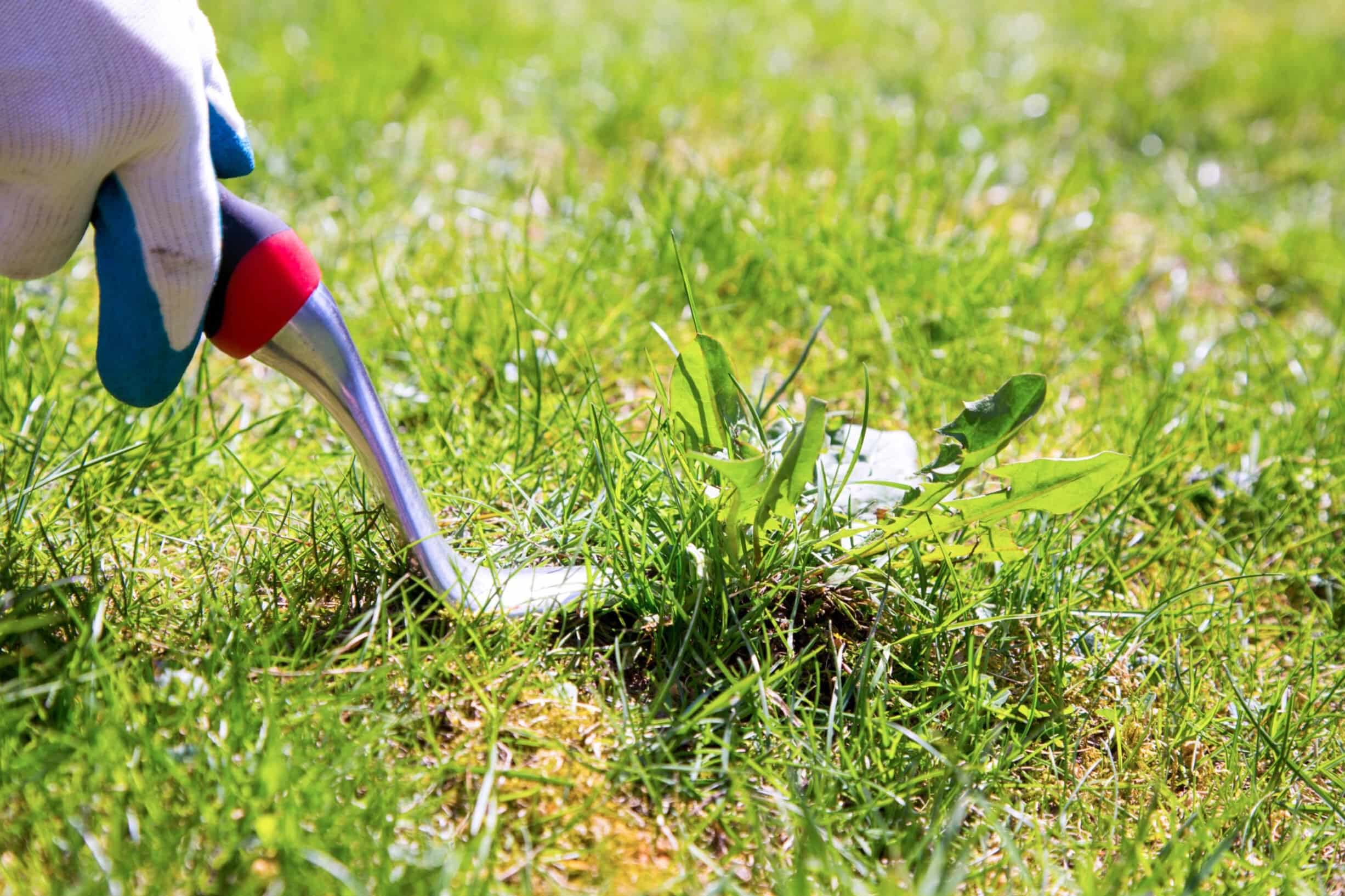
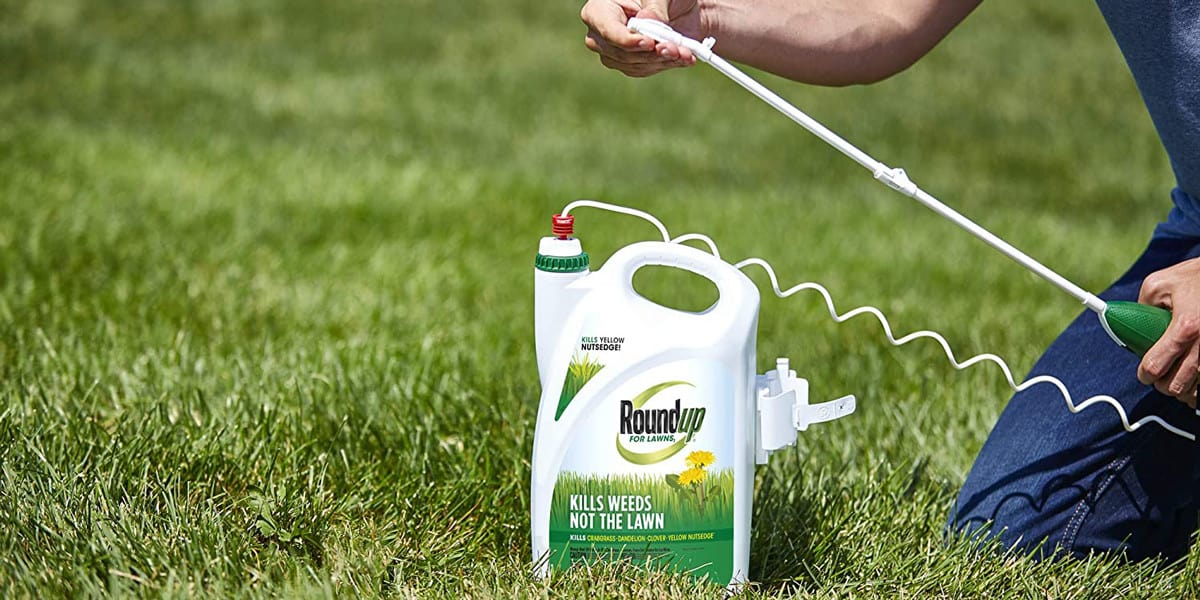
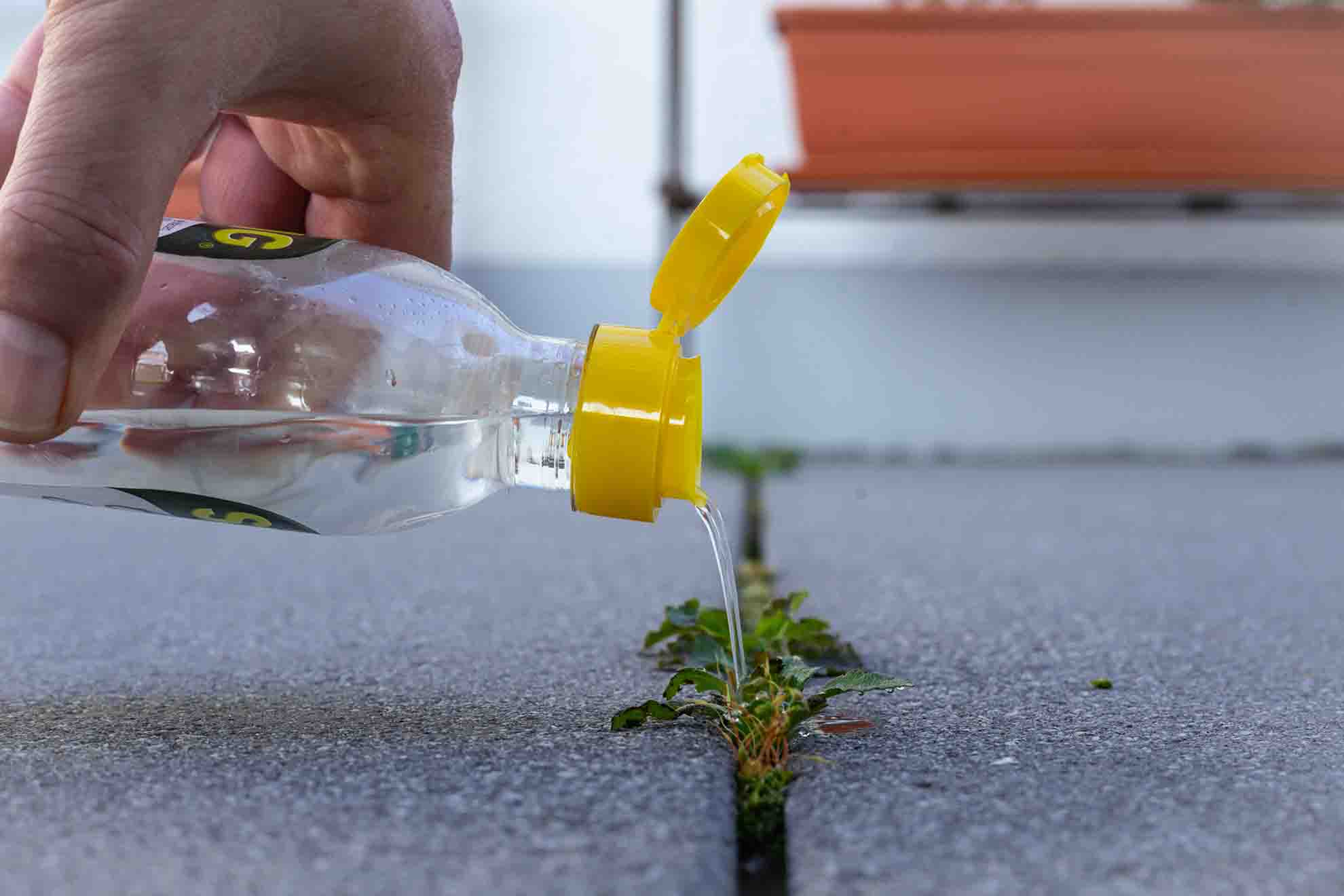
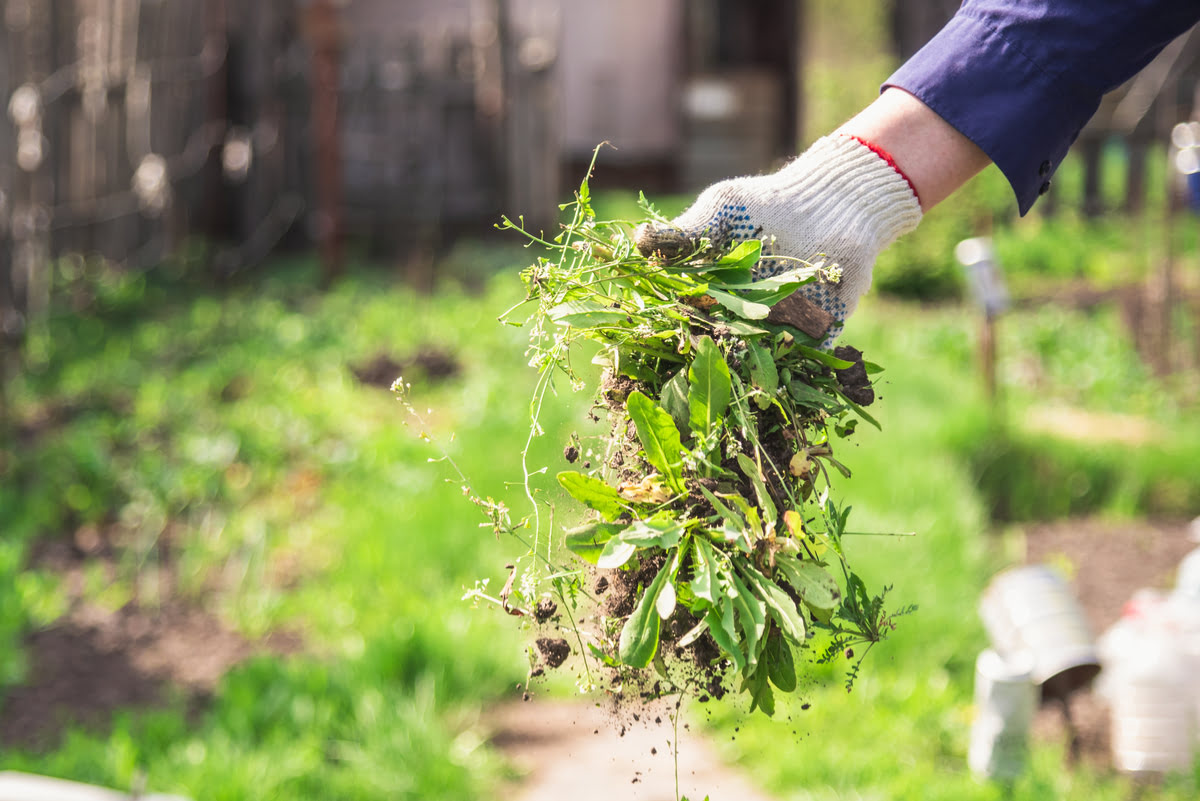
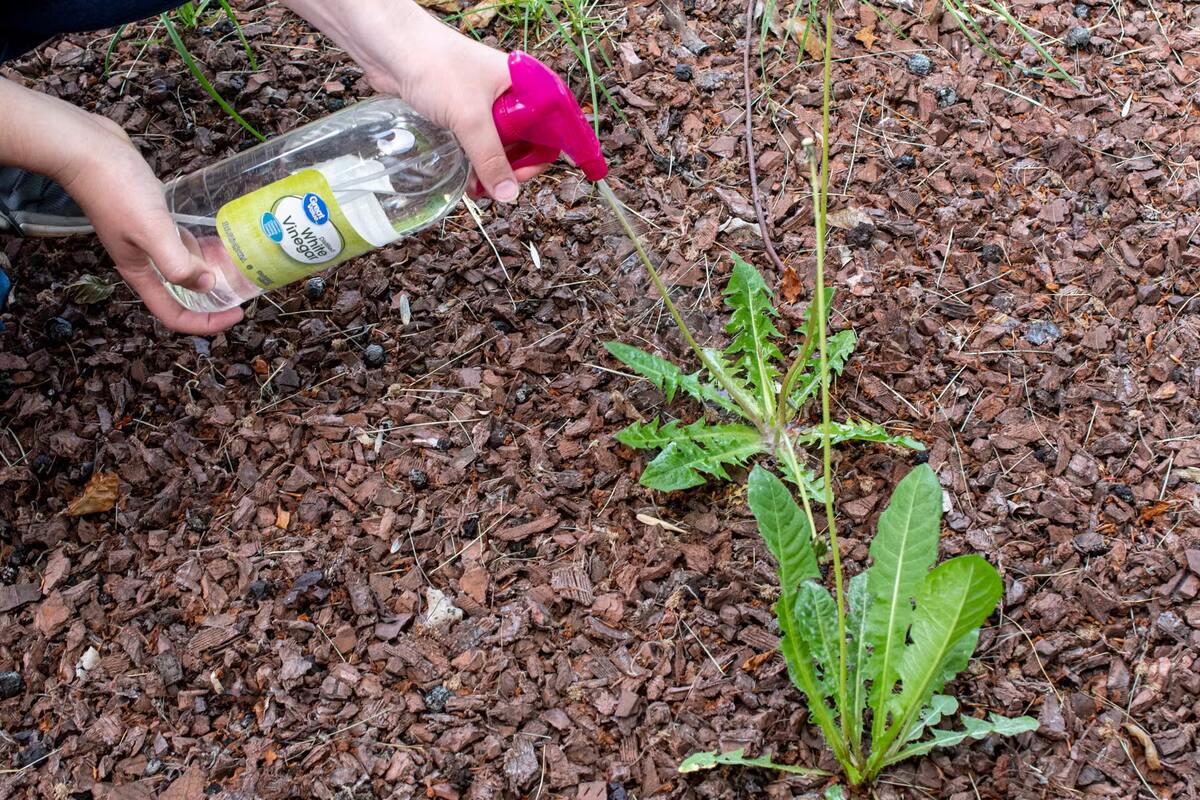
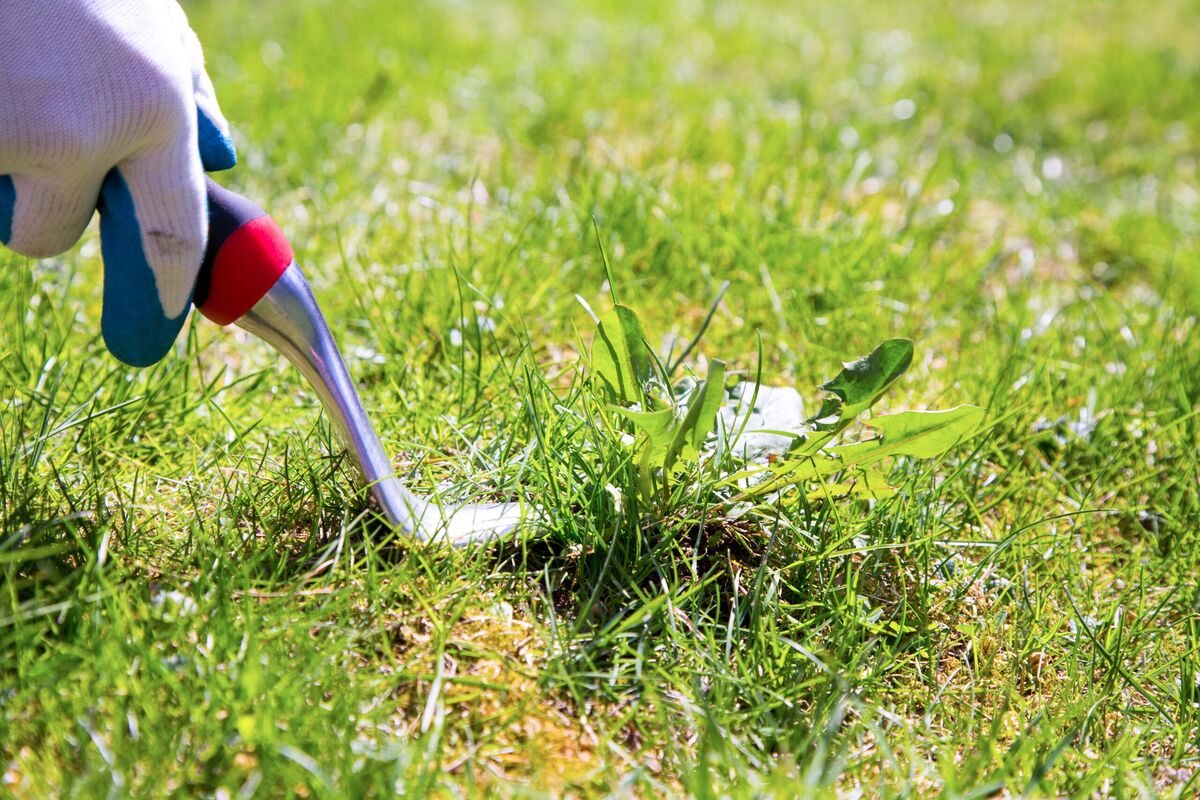

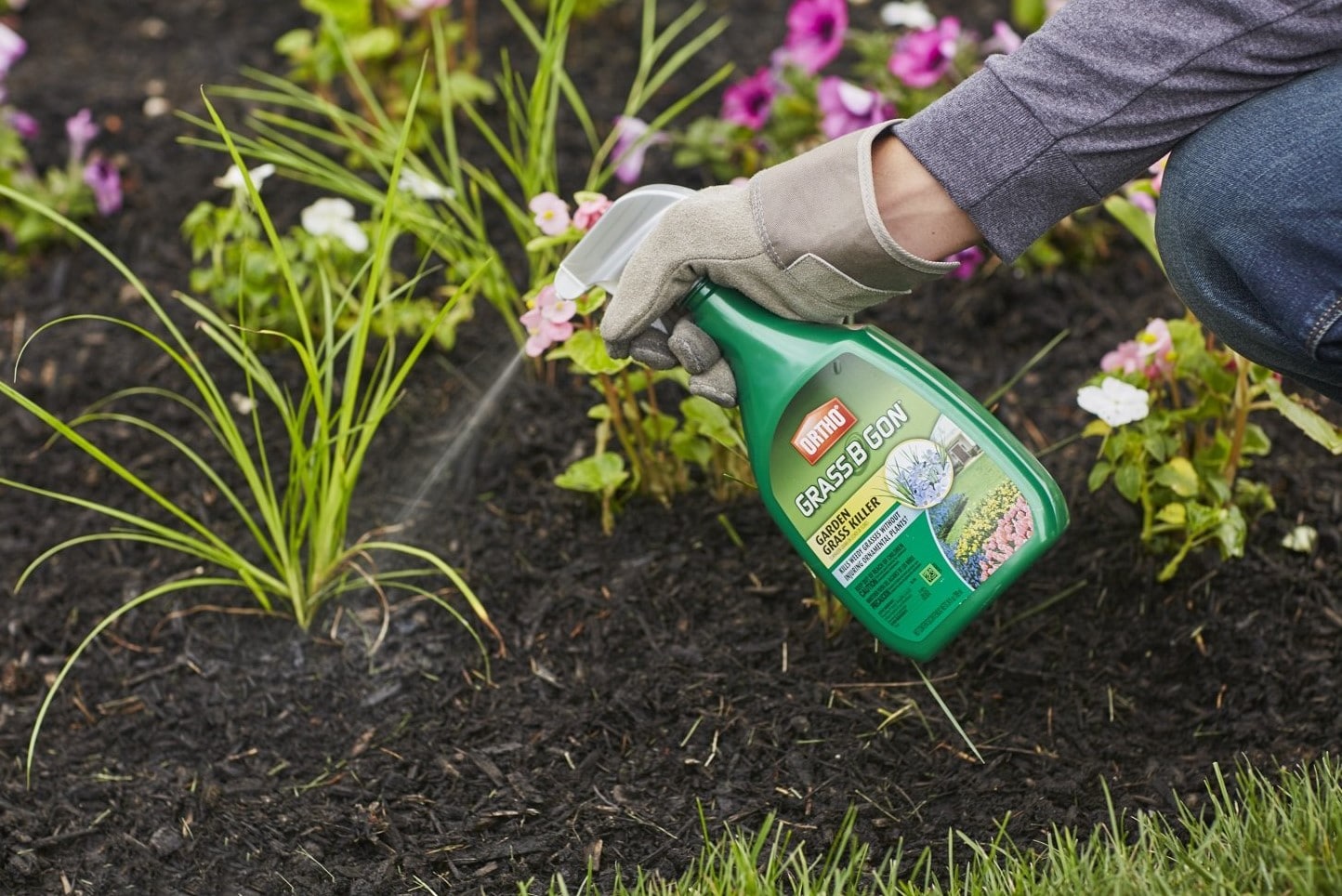

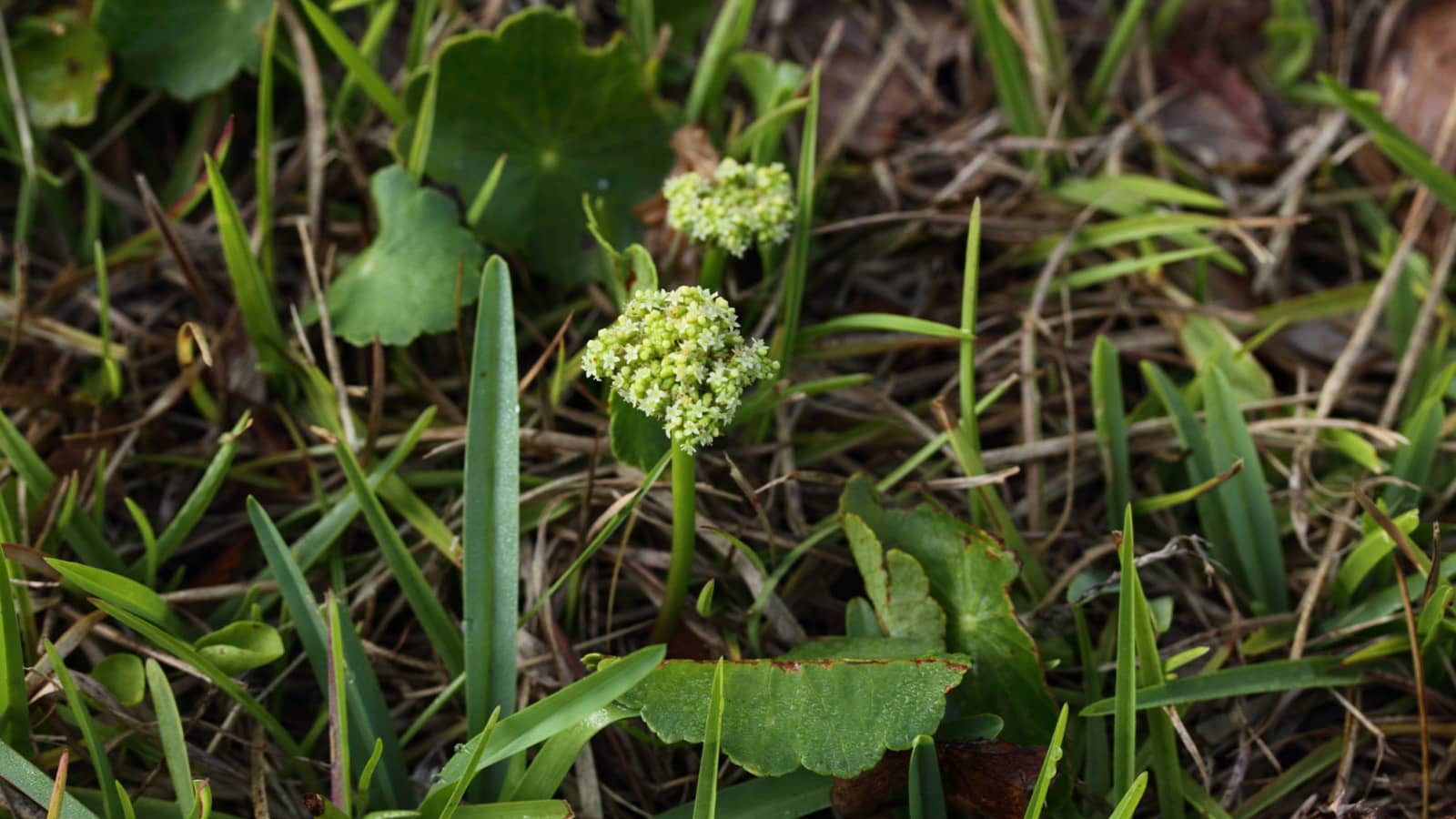
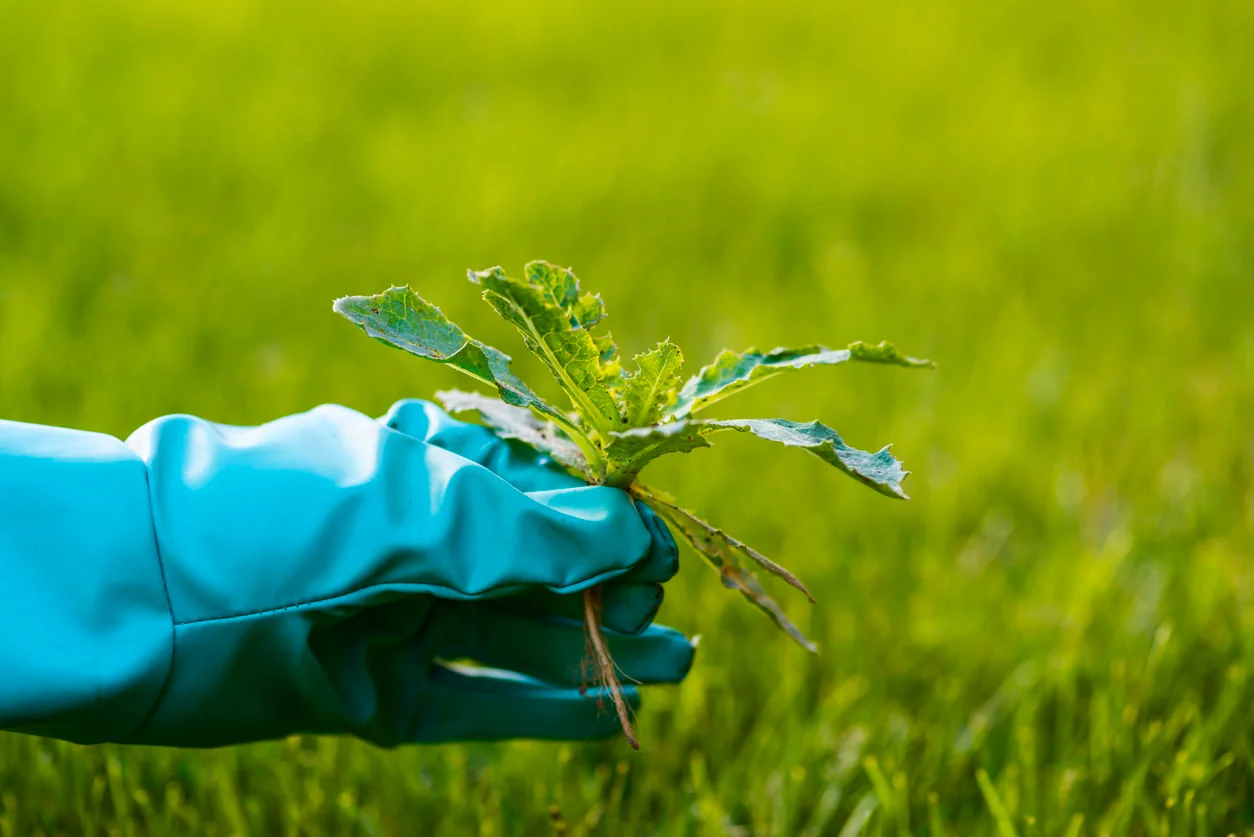
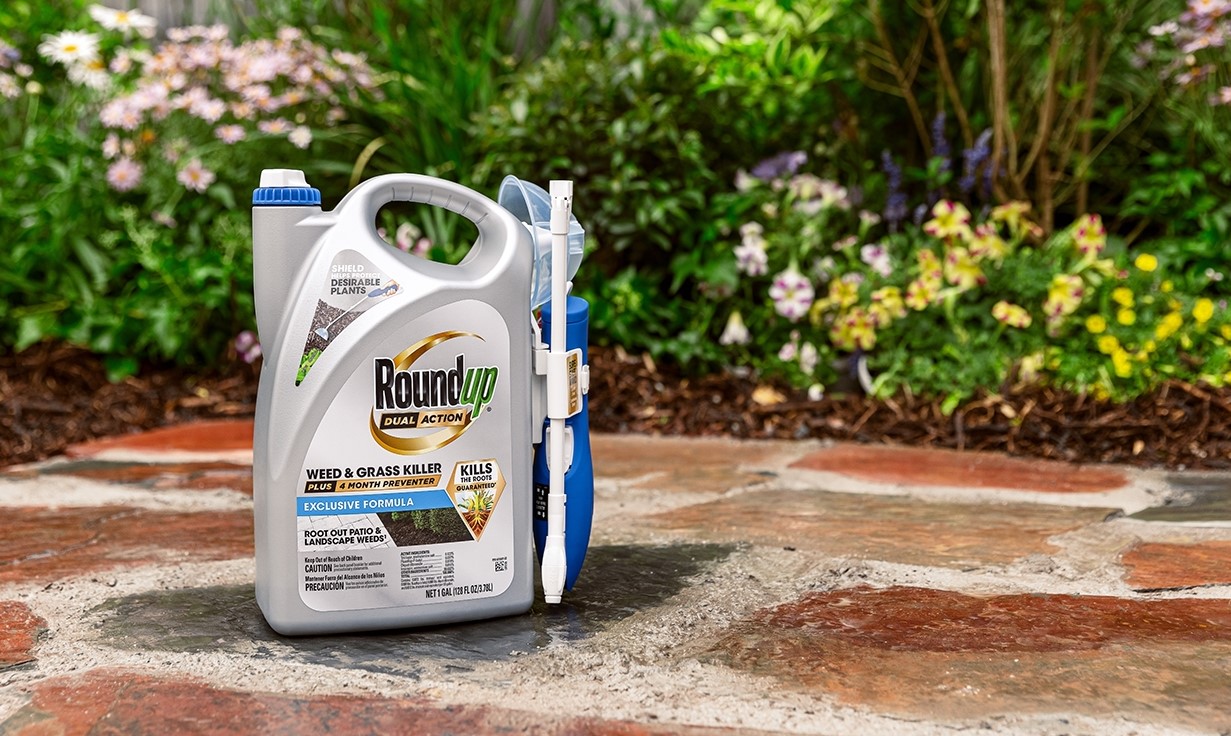
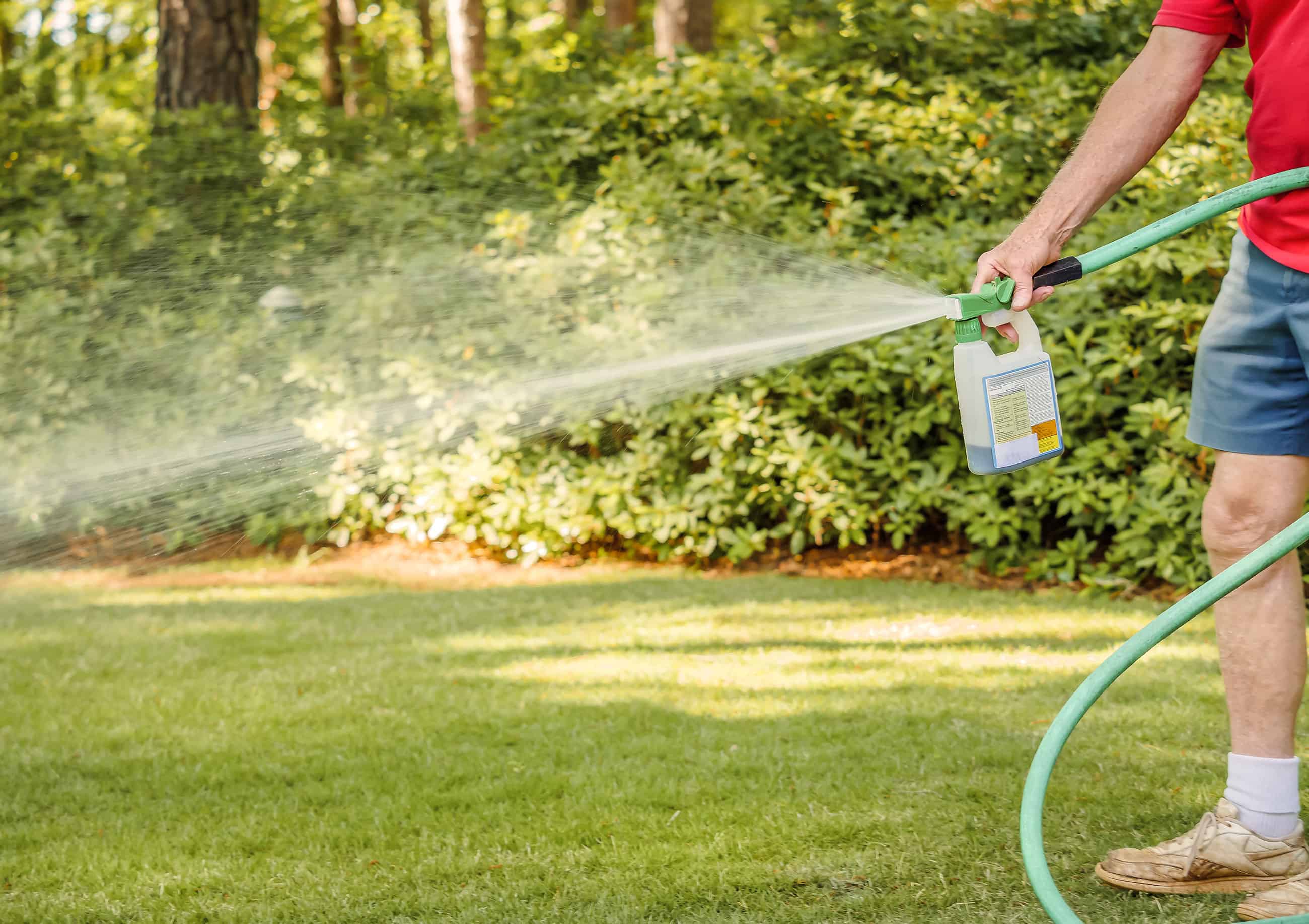
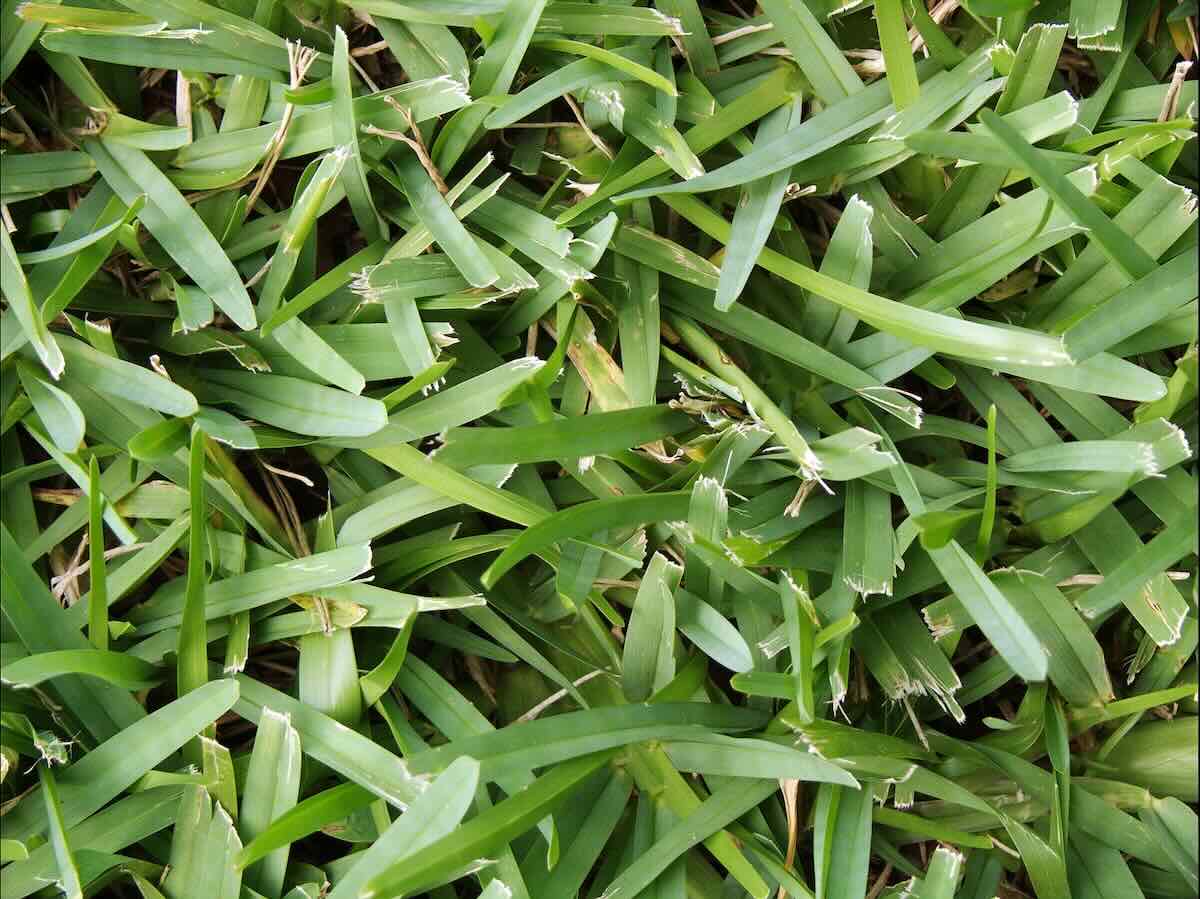

0 thoughts on “How To Kill Weeds In The Grass”